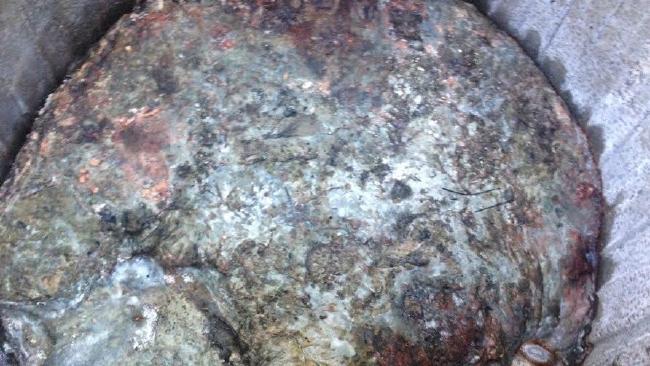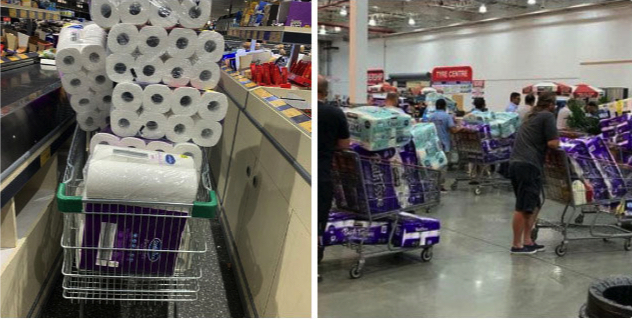We all know that the driving force in the economy of the San Francisco bay area is the high-tech industry. The COVID19 epidemic has made big changes in the way that people in the high-tech industry live and work, and some of those changes will be permanent. Most high-tech workers in this area are now working at home, and many of them will never return to working at an office. Some San Francisco tech giants, including Twitter and Square, have told most of their employees that they can now work from home permanently.
HOUSING. The fact that high-tech company employees
are now working at home explains why rents in some bay area cities are falling
but not others. The average rent for a 1-bedroom apartment in San Francisco has
fallen 9% since May, 2019. In Mountain View, average rent fell 16% and in
Cupertino 14%. However, in Oakland, rents rose 5%, and rents in Berkeley are
holding up too. In other words, rent is falling in cities where big tech
companies are headquartered. Now that high tech employees are working from
home, and many permanently, they can move to nearby cities where the rent is
cheaper. The average 1-bedroom apartment in San Francisco currently rents for
$3,400 a month. See: Rent
Jungle. However, the average 1-bedroom apartment in Oakland is $2,500 a
month. A person working at the Salesforce Tower may have been willing to pay
$4,000 a month for an apartment nearby for the convenience of being
able to walk to work, but what about now? For a recent college graduate in a
high tax bracket and with student loans to pay off, being able to save over $1,000 a
month on rent by moving to the east bay is a no-brainer. No one knows when this epidemic will be over, and when it is over
and tech companies have reopened their offices, how many people who are now
working at home will go back to commuting to the office 5 days a week just
like before? Some tech people working at home may feel that they can now move
far away from the bay area to places where rent is really cheap, places like Lubbock, Texas; where you can rent a modern 1-bedroom apartment that’s walking distance from Texas Tech for $500 a month. Of course, a lot of high-tech people currently working at home will
still need to live near Silicon Valley when this is over so that they can attend meetings and
conferences. Plus, there are a lot of people who work at home 4 days a week but who have to go to the office 1 day a week. I know people like that. Besides, how many people would really want to move from Palo Alto to Lubbock?
OFFICE SPACE. If working from home becomes the new
normal for the high-tech industry, what will happen to companies that rent office buildings in Silicon Valley and downtown San Francisco? What
will happen to companies like We Work? And what will happen to the businesses
near high-tech company headquarters that depend on income from the people who
work there – or used to work there – places like spiffy bars and restaurants in
San Francisco’s financial district?
A FEW GOOD PROJECTS.
If you are looking for things to do because you are spending more time at home
now because of the virus, here are some good projects.
1. Emergency water. During the 1906 San Francisco
earthquake, all the water mains in the city burst. Some people in San Francisco
didn’t have potable water for months. What would you do if that happened today?
Everyone who lives in earthquake country should have an emergency supply of
water. Gallon jugs of water are very cheap. You can also just clean out empty
plastic milk and juice jugs and fill them with water. Store water jugs in a
basement or bike shed or garage just in case they leak.
2. Dump expired food & meds. What’s in the back of your
refrigerator? When was the last time you went through your refrigerator and
kitchen cabinets and dumped expired food or food that has gone bad? There are a
lot of foods that people never check the expiration dates on because they think
they are edible forever, products like ketchup, mustard, hot sauce, etc., but
that isn’t true. All food goes bad with time. You should also go through your
medicine cabinet and replace expired meds.
3. Clean out your closets. When was the last time you went
through your closets and got rid of the stuff that you have no possible use
for? I am constantly amazed at the stuff that people store in their closets. I
once had a tenant who called me over because the light bulb in his living room
closet wasn’t working. I couldn’t get to the light fixture because the closet
was full of used paper shopping bags. I told the tenant that I would return to fix
the light after he removed the bags from the closet. When I returned, there
were piles of shopping bags all over the living room. It turned out that the
problem was just a burned-out light bulb. I know several other people like
this, people who never throw out shopping bags, no matter how many they already
have. Some people will not throw out empty boxes either. I know someone with a basement filled to the ceiling with empty boxes.
4. Start a Goodwill box. Start putting things that you have
no use for in a giveaway box so that everything is in one place. Ask yourself
if the things in this box are actually salable or just junk. People leave junk at thrift stores at night that should go in their garbage can instead. Thrift
stores have no use for cracked dishes, broken appliances, or old mattresses. It
is illegal in California for stores to sell used mattresses. On the other hand,
thrift stores may actually want your old shopping bags.


